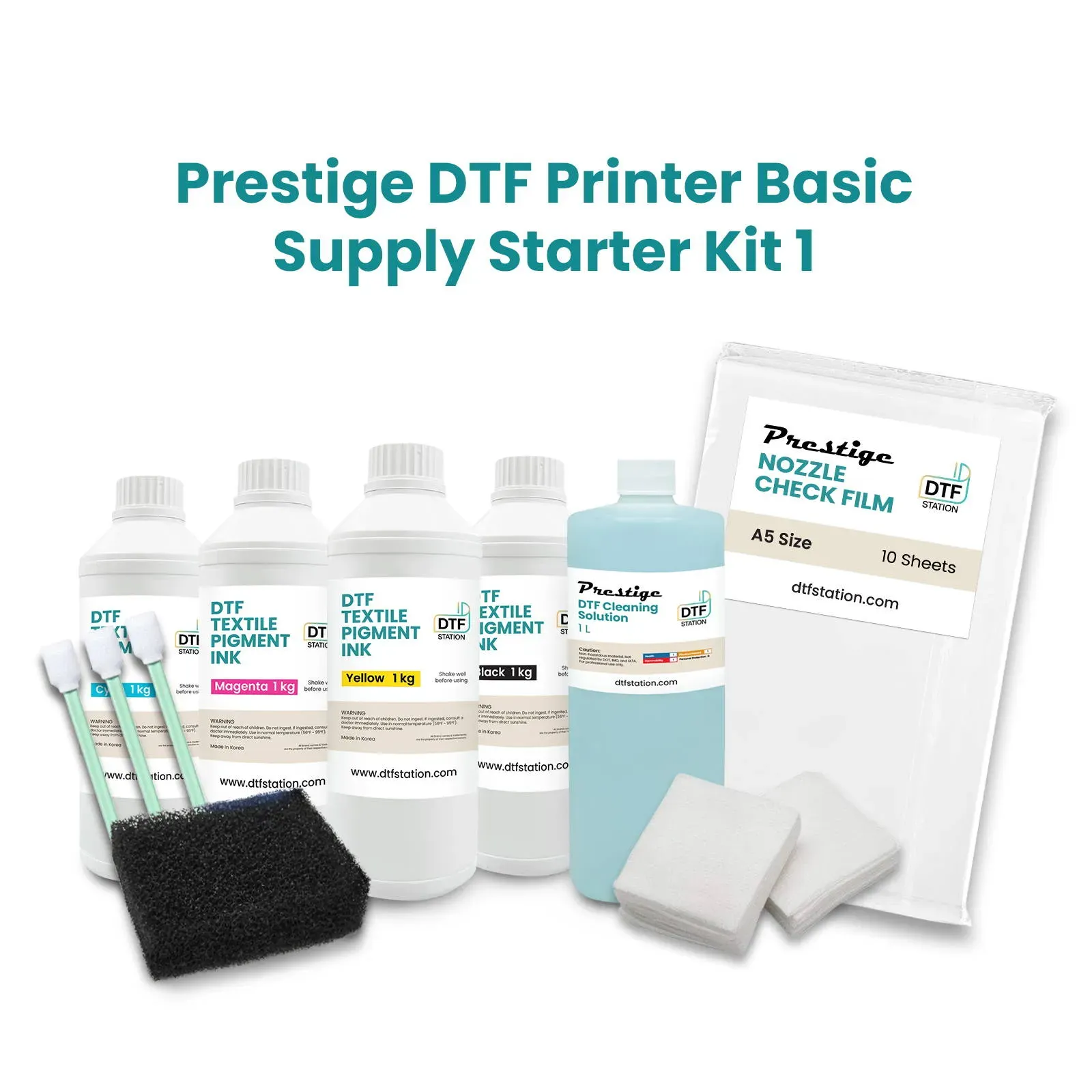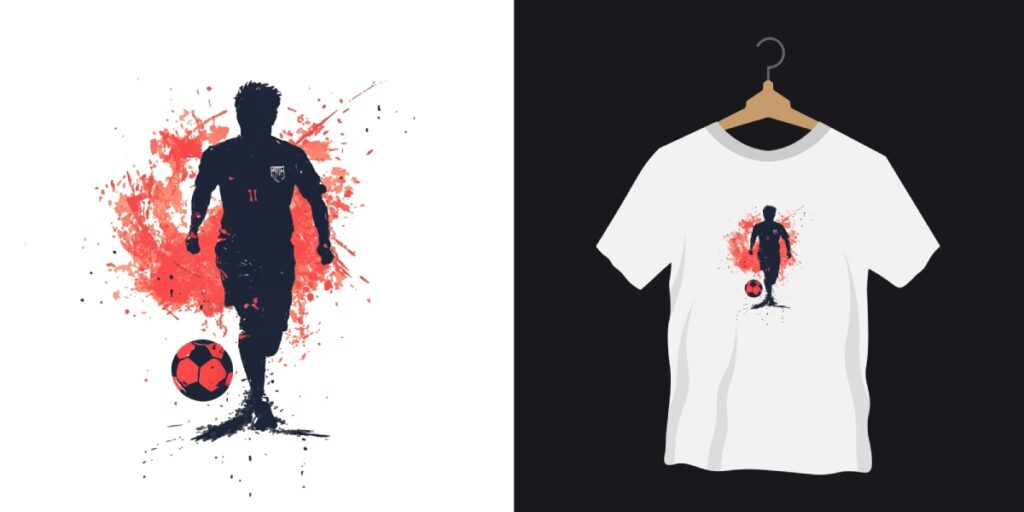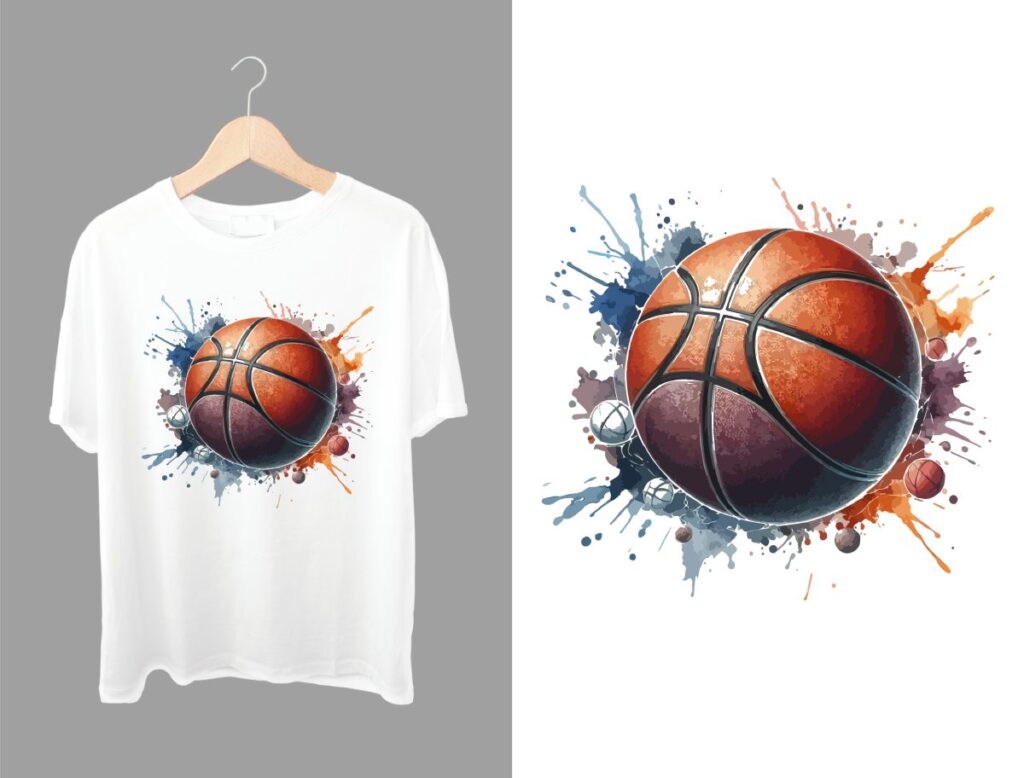DTF Supplies play a pivotal role in the innovative world of Direct-to-Film (DTF) printing, which has quickly gained traction in the textile printing industry. This cutting-edge method employs a fusion of specialized films, durable inks, and high-quality adhesives to deliver stunning designs directly onto garments. Understanding DTF prints requires familiarity with these essential supplies, as they ensure vibrant, long-lasting results that cater to the growing demand for custom apparel. In this article, we’ll explore the intricacies of DTF films, inks, and adhesives, while also discussing the latest trends and challenges within the DTF printing landscape. Get ready to discover how these components come together to push forward this dynamic printing technique.
The realm of textile printing has been transformed with the introduction of Direct-to-Film technology, a method that utilizes a combination of film layers, specialized inks, and adhesive solutions to achieve remarkable print quality. This approach, often referred to as DTF printing, enables the direct application of vivid designs onto various fabric types, making it an invaluable tool for businesses focused on custom design and material versatility. With advancements in film technology and ink formulations, this printing method caters to the ever-evolving needs of consumers seeking high-quality, personalized garment options. By diving deeper into each component of DTF supplies, including film substrates, ink composition, and adhesive properties, we can gain a thorough understanding of how to optimize performance and results in today’s competitive market.
Understanding DTF Films: The Essence of Direct-to-Film Printing
DTF films are at the heart of the Direct-to-Film printing process, serving as the substrate that carries the vibrant designs intended for transfer onto various fabrics. These specialized films have a unique coating that facilitates the effective bonding of DTF inks during the printing process. With advancements in technology, DTF films are now available in diverse options, including transparent versions that enhance color vibrancy and detail retention. This capability is particularly advantageous for designers aiming for high-quality prints that pop in both brightness and clarity, allowing for intricate designs to be replicated accurately.
The versatility of DTF films is another compelling feature, as they are suitable for various fabrics such as cotton, polyester, and fabric blends. This broad application means that businesses can cater to a wide range of textile products, from t-shirts to bags with ease. As market demands evolve, the availability of films that respond effectively to different printing conditions helps ensure that users can maintain print quality and production efficiency, ultimately leading to higher customer satisfaction.
Exploring DTF Inks: Importance of Quality and Environmental Sustainability
The choice of DTF inks is crucial for achieving high-quality prints that adhere well and remain vibrant throughout the garment’s lifespan. Typically, these inks are water-based pigments known for their durability and excellent color consistency. Recent trends show a movement toward eco-friendly inks, which align with the growing consumer demand for sustainable practices within the textile printing industry. By opting for inks that meet strict environmental standards, businesses not only contribute positively to the planet but also appeal to a demographic that values sustainability.
In addition to environmental benefits, innovative formulations of DTF inks have made strides in ensuring superior adhesion to a variety of fabrics. This advancement is vital for maintaining the integrity of prints even after multiple washes. Moreover, businesses that prioritize using high-quality DTF inks can differentiate themselves in a competitive market, enhancing their reputation while ensuring that the garments produced meet the aesthetic and durability expectations of their customers.
The Role of DTF Adhesives: Ensuring Perfect Bonding and Durability
DTF adhesives play a pivotal role in securing the ink transfers onto the fabric, ensuring that the designs are both striking and long-lasting. Available in both powdered and liquid forms, these adhesives have evolved significantly, contributing to enhanced durability and improved adhesion qualities. Their ability to bond effectively at lower application temperatures is particularly beneficial when printing on delicate fabrics, as it minimizes the risk of damaging the material while still providing a secure hold.
As technology progresses, the formulation of DTF adhesives continues to adapt, catering to the diverse needs of the textile market. Innovations in adhesive technology not only improve bonding strength but also offer flexibility to work with different fabric types, making it easier for businesses to expand their product offerings. A well-chosen adhesive can make all the difference in the final product’s quality, further emphasizing the importance of selecting the right adhesive in the DTF printing process.
Emerging Trends in DTF Printing: Eco-Friendly Practices
The push towards sustainability is reshaping the DTF printing landscape, signaling a significant trend that businesses must heed. As consumers become more environmentally conscious, many companies are making the switch to biodegradable DTF films and utilizing non-toxic inks in their production processes. This movement not only addresses customer preferences but also fosters a positive brand image as industries adapt to modern environmental standards.
Moreover, adopting sustainable practices in DTF printing not only meets market expectations but can also lead to operational efficiencies. By embracing eco-friendly materials and methods, businesses can potentially reduce costs over time while also attracting a customer base that values ethical branding. This strategic shift not only enhances the brand’s reputation but also creates long-term loyalty among conscientious consumers.
Market Dynamics of DTF Printing: Growth and Innovation
The DTF printing market has witnessed remarkable growth, largely driven by the demand for personalized apparel and promotional products. This burgeoning interest offers vast opportunities for businesses willing to innovate and adapt to shifting consumer preferences. As more brands explore Direct-to-Film printing for customized offerings, the landscape continues to evolve, suggesting a favorable outlook for future market expansion.
However, with growth comes the challenge of ensuring consistent quality and meeting consumer expectations. Companies must invest in state-of-the-art equipment and training to keep up with advancements in print technology. Staying ahead of trends by adopting new printing techniques and supplies not only helps businesses meet current demands but also positions them well for future opportunities, solidifying their place in the expanding DTF market.
Challenges in DTF Printing: Overcoming Hurdles for Success
While DTF printing offers numerous advantages, it is not without its challenges. One significant barrier is the high cost of quality equipment, which can be a hurdle for small businesses looking to enter the market. These initial investments, coupled with the learning curve associated with mastering DTF technology, can pose significant obstacles for newcomers in the industry, limiting their ability to offer high-quality products.
Moreover, maintaining consistent quality can be particularly challenging in the DTF printing process. It is essential for businesses to ensure that employees are trained adequately to handle DTF inks, films, and adhesives correctly. Additional challenges include educating clients about the proper care of DTF-printed garments to maintain print quality over time. Addressing these hurdles effectively requires a commitment to quality assurance and continuous investment in training and technologies.
Frequently Asked Questions
What are DTF supplies essential for DTF printing?
DTF supplies essential for DTF printing include DTF films, inks, and adhesives. These components work together to enable the direct transfer of high-quality images onto fabric, ensuring vibrant prints and durability.
How do DTF films contribute to the quality of DTF printing?
DTF films are crucial in DTF printing as they provide a coated surface for digital printing, allowing for bright colors and excellent transfer capabilities. Recent advancements in DTF films support compatibility with various materials, enhancing print quality.
What types of inks are used in DTF printing?
In DTF printing, water-based pigment inks are primarily used. These inks ensure excellent adhesion and durability while maintaining color consistency, and there is a growing trend towards eco-friendly formulations that meet environmental standards.
What role do adhesives play in DTF printing supplies?
Adhesives in DTF printing are vital for ensuring that the ink adheres properly to the fabric. They come in powdered and liquid forms, providing superior adhesion and durability, which helps maintain print vibrancy even after washing.
What are current trends in DTF supplies?
Current trends in DTF supplies include a focus on sustainability with biodegradable films and non-toxic inks, enhancements in print quality, and significant market growth driven by demand for personalized apparel and promotional products.
What challenges do businesses face with DTF printing supplies?
Businesses face challenges such as high equipment costs and a steep learning curve in DTF printing technology. Additionally, maintaining consistent quality and educating end-users on fabric care are crucial for customer satisfaction.
| Key Component | Description | Current Trends |
|---|---|---|
| DTF Films | Coated sheets designed for digital printing. They provide high-quality designs and great transfer capabilities for various materials including cotton, polyester, and blends. | Increased use of transparent films for better color vibrancy and detail retention. |
| Inks | Primarily water-based pigment inks that ensure excellent adhesion, durability, and color consistency. | Shift towards eco-friendly inks that comply with environmental standards, reducing production costs while maintaining high quality. |
| Adhesives | Vital for proper ink adherence and print durability, available in powdered and liquid forms with improvements in durability and adhesion. | Innovations allowing effective binding at lower temperatures to protect sensitive fabrics; adapting to various fabric types. |
Summary
DTF Supplies are revolutionizing the textile printing industry by utilizing advanced technologies in films, inks, and adhesives. This innovative printing method not only enhances the quality and vibrancy of fabric designs but also aligns with the growing demand for sustainable practices. As businesses continue to adopt eco-friendly solutions, understanding the components of DTF supplies becomes crucial for maintaining a competitive edge. With the market’s rapid growth and continual technological advancements, DTF printing represents a promising future, combining high-quality results with environmentally responsible practices.



